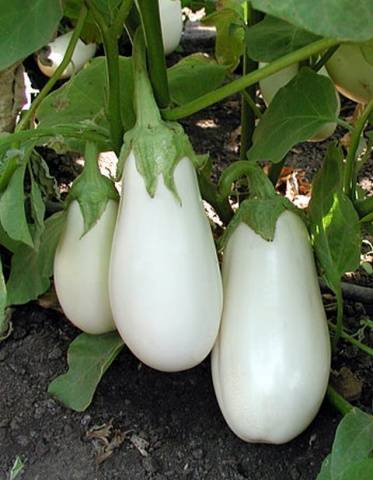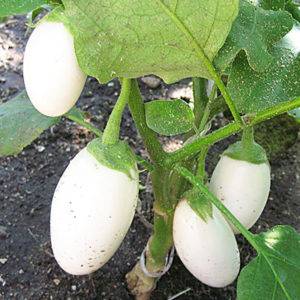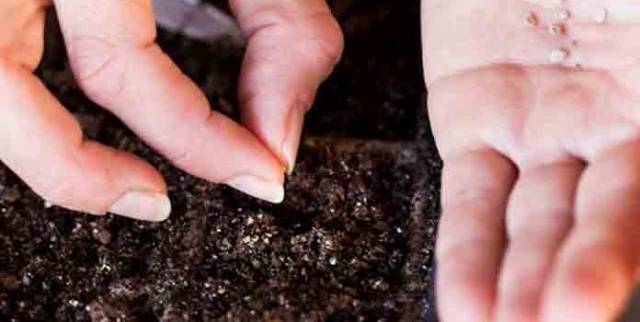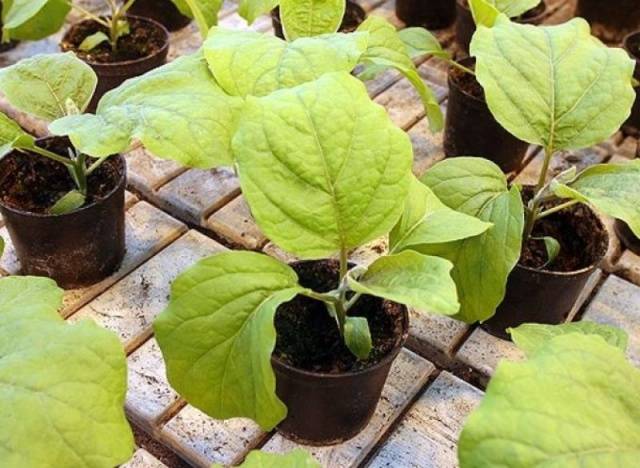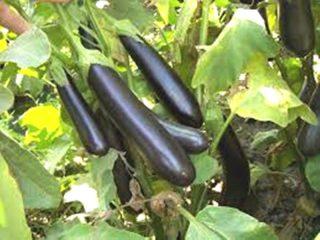In modern summer cottages and backyard plots, eggplant has long been not a young guest, but a real long-lived owner. Increasingly, gardeners prefer the cultivation of this particular vegetable rich in useful properties. In this article, we will focus on the representative of the white variety of eggplant "Swan".
Description
Eggplant "Swan" in terms of fruit ripening is a mid-season variety. The period of full fruit ripening from the moment the first shoots appear is 105-116 days. The bushes are compact, of medium size, reaching a height of 50-70 cm. The variety is suitable for growing both in a greenhouse and in the open field.
The fruits are cylindrical, slightly elongated. In the period of technical maturity, they are colored white. The size of one vegetable is 18-20 cm long and 5-7 cm in diameter. The weight of one single mature fruit ranges from 200 to 250 grams.
The flesh of the Swan eggplant is snow-white, tender, completely without bitterness. It is this property that makes the variety popular among a large number of gardeners.
The yield of this type of eggplant is high. Up to 18 kg of vegetables can be harvested from one square meter of the garden.
In cooking, the variety is very popular as a raw material for the preparation of caviar, pickles and main dishes.
Advantages of the variety
Among the key benefits of Swan eggplant are:
- high productivity;
- excellent tolerance to temperature changes and the main "whims of nature";
- good resistance to a wide range of diseases typical for eggplant;
- excellent taste and marketability;
- widespread use in cooking.
Regular consumption of such eggplant in food helps prevent headaches, improves digestion and saturates the body with vitamins and minerals.
Growing and care
The process of growing and caring for a plant is no different from reproducing the traditional purple variety. The basic procedures are as follows:
- Sowing seeds for seedlings.
- Picking up grown plants.
- Planting seedlings in a garden or greenhouse.
- Watering, weeding, loosening, feeding and pinching the bush.
- Harvesting.
Sowing seeds for seedlings is carried out in mid-March.
Under favorable climatic conditions, eggplant seedlings can be planted in the ground from mid-May to the end of the first decade of June.
When and how to properly harvest the first eggplant harvest, you will learn from the video:
